Definition:
The primary cause of anodontia stems from genetic elements, indicating its inheritance from one or both parental sources. Genetic anomalies within specific genes can disrupt the normal tooth development process, resulting in either the absence of teeth or their improper formation. These genetic aberrations may arise spontaneously or pass down through successive generations.
Varieties of Anodontia:
Anodontia manifests in two principal forms:
Hypodontia: This variant entails the absence of one or more teeth, commonly affecting wisdom teeth or specific permanent teeth like incisors, canines, or premolars. Oligodontia: Characterized by the absence of six or more teeth, excluding wisdom teeth, oligodontia represents a more severe manifestation of anodontia, significantly impacting chewing, speaking, and smiling abilities. Symptoms Associated with Anodontia:
The most conspicuous symptom of anodontia is tooth absence, typically discernible during a dental assessment. Additional symptoms may include:
Delayed or abnormal tooth emergence Mispositioned or misaligned teeth due to the lack of neighboring teeth support Challenges in chewing or biting food Speech impediments, particularly with certain phonetic articulations Self-esteem issues stemming from smile aesthetics Diagnosis of Anodontia:
Diagnosis of anodontia commonly occurs during routine dental evaluations conducted by a dentist or orthodontist. Imaging techniques like X-rays may be employed to confirm tooth absence and evaluate underlying bone structure. Genetic testing might also be recommended to pinpoint any genetic anomalies linked with anodontia.
Treatment Modalities:
Treatment strategies for anodontia hinge on the severity of the condition and individualized requirements. Potential treatments include:
Orthodontic Interventions:
Utilization of orthodontic devices such as braces or aligners to rectify tooth misalignment and enhance smile aesthetics. Dental Implants: Surgical implantation of artificial tooth roots into the jawbone to support replacement teeth, offering a permanent remedy for missing teeth while restoring functionality and aesthetics.
Dentures:
Custom-made prosthetic devices capable of replacing multiple missing teeth, facilitating removal for cleaning and maintenance. Dental Bridges: Employed to fill gaps left by missing teeth by attaching artificial teeth to adjacent natural teeth or dental implants, thereby restoring chewing function and enhancing smile appearance. Surgical Procedures: In severe cases of anodontia, surgical interventions may be warranted to address underlying bone irregularities or prepare the jawbone for dental implantation.
Impact of Anodontia:
Anodontia can significantly impact an individual’s quality of life, influencing eating, speaking, and smiling capabilities with confidence. Beyond the physical challenges, anodontia may engender psychological and emotional distress, encompassing issues like diminished self-esteem, social anxieties, and depression. Comprehensive care addressing both functional and emotional facets of the condition is imperative for individuals grappling with anodontia.
Short Description:
Anodontia, a scarce genetic anomaly characterized by tooth absence, poses challenges for affected individuals. However, advancements in dental technologies and treatment modalities offer prospects for improved outcomes. Timely diagnosis and appropriate interventions can pave the way for enhanced functional, aesthetic, and psychological well-being among those with anodontia. Dentistry professionals play a pivotal role in offering compassionate care and support to individuals navigating this condition, aiding them in leading fulfilling lives adorned with a healthy smile.
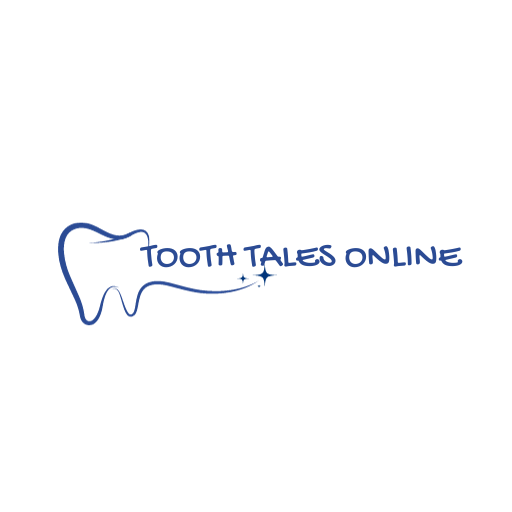
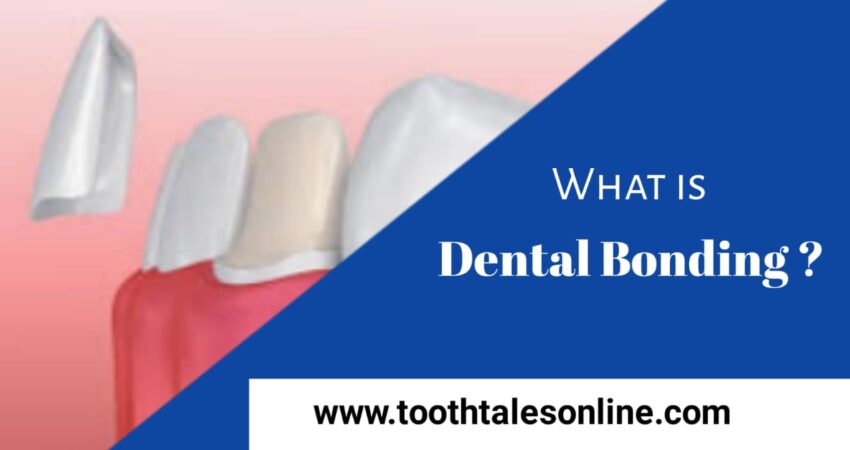

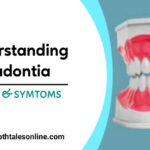
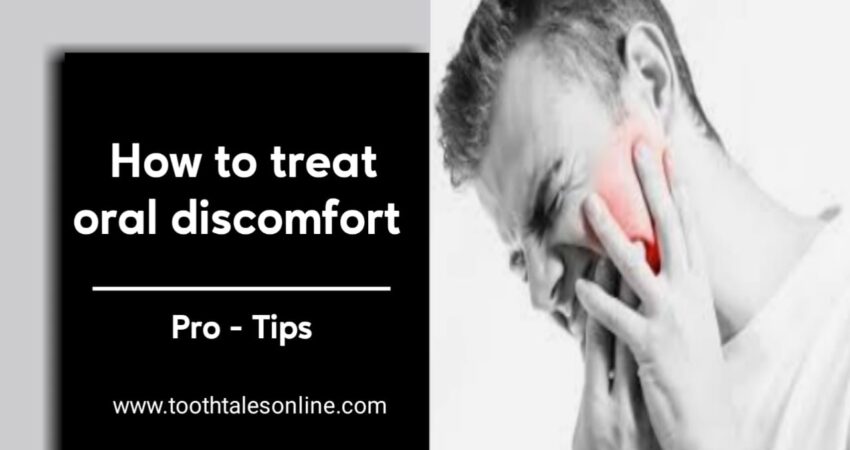
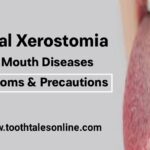

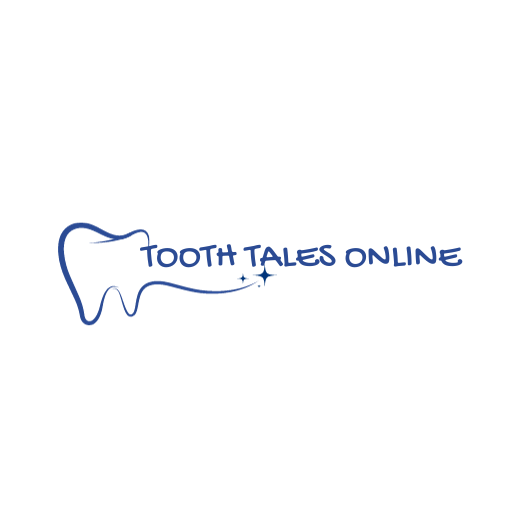
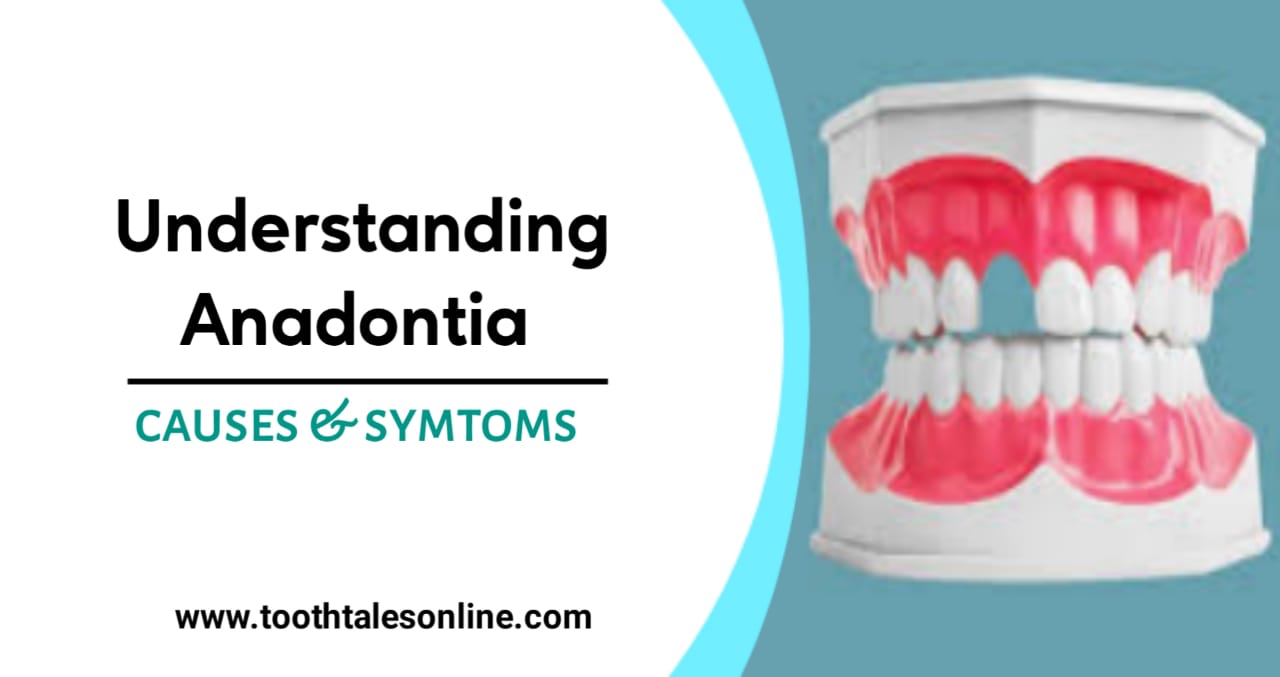
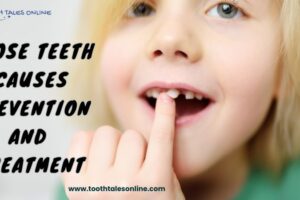
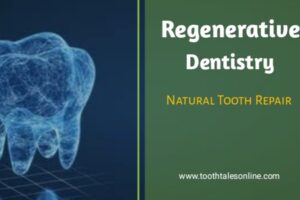
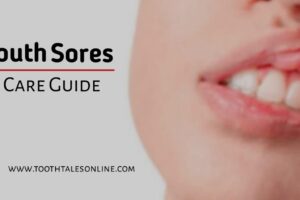










Discover the world of excitement and opportunities at online casinos
roulette live online http://www.gamewild24.com/casino-reviews/live-casinos/ .